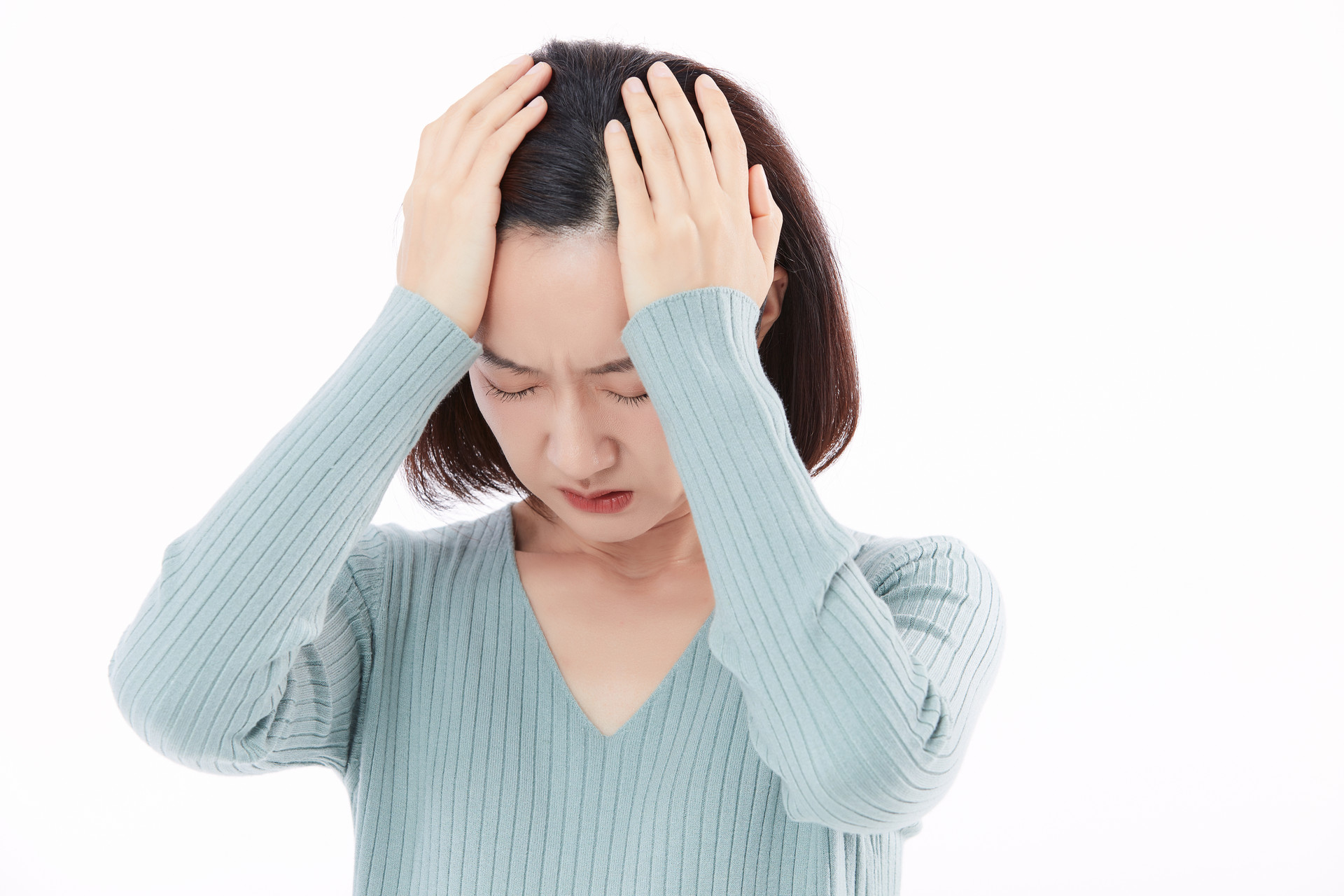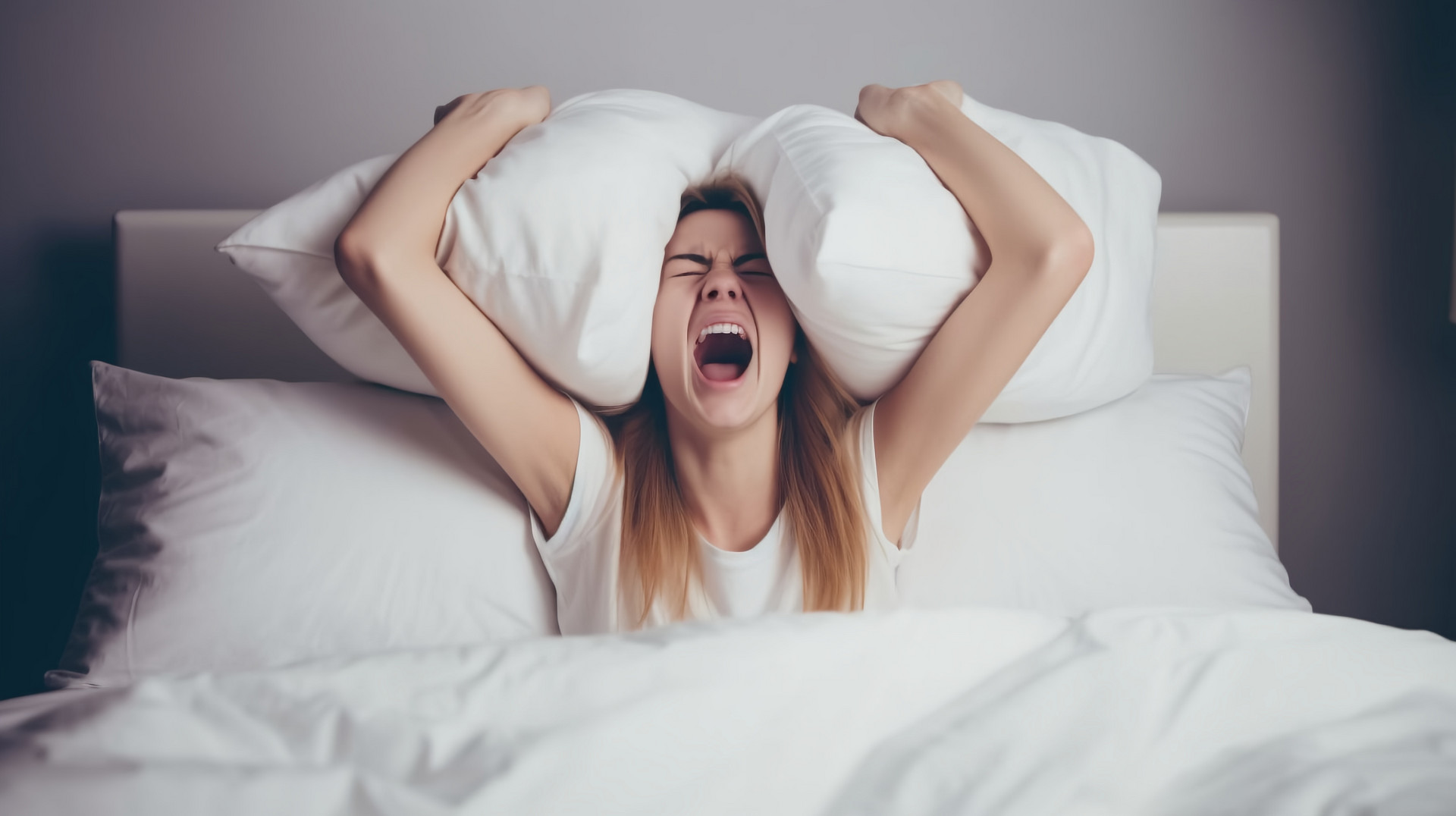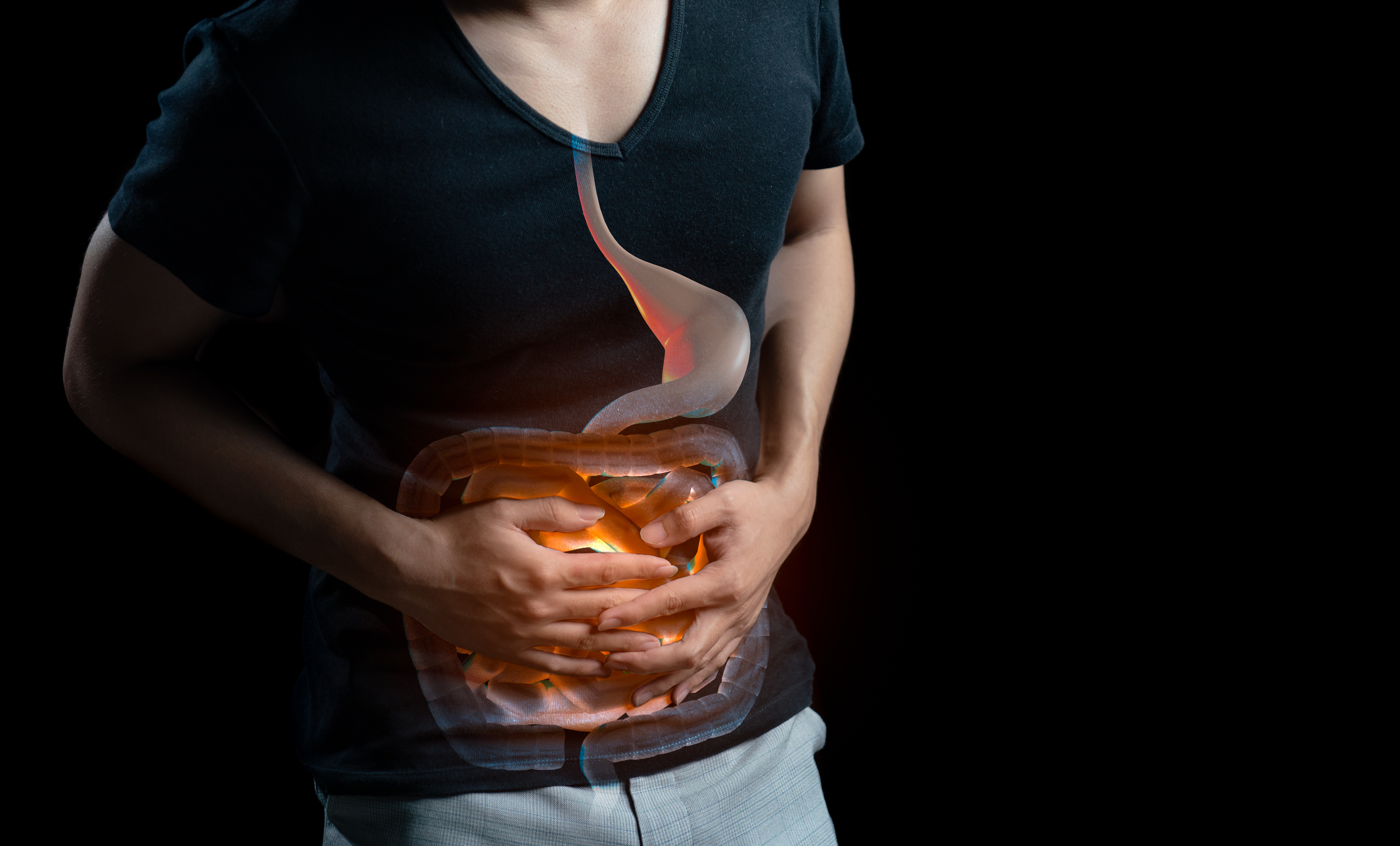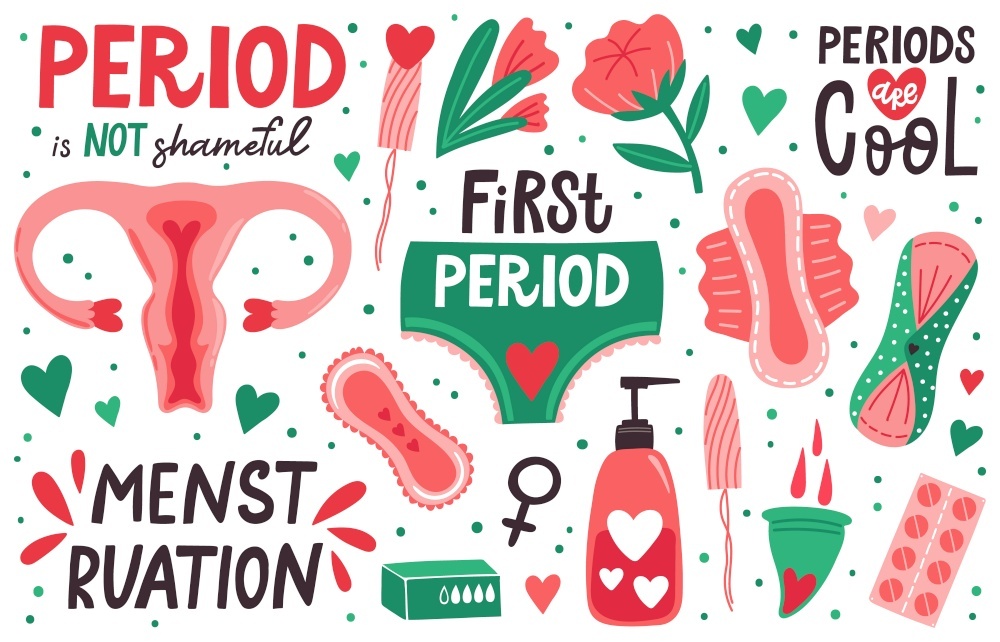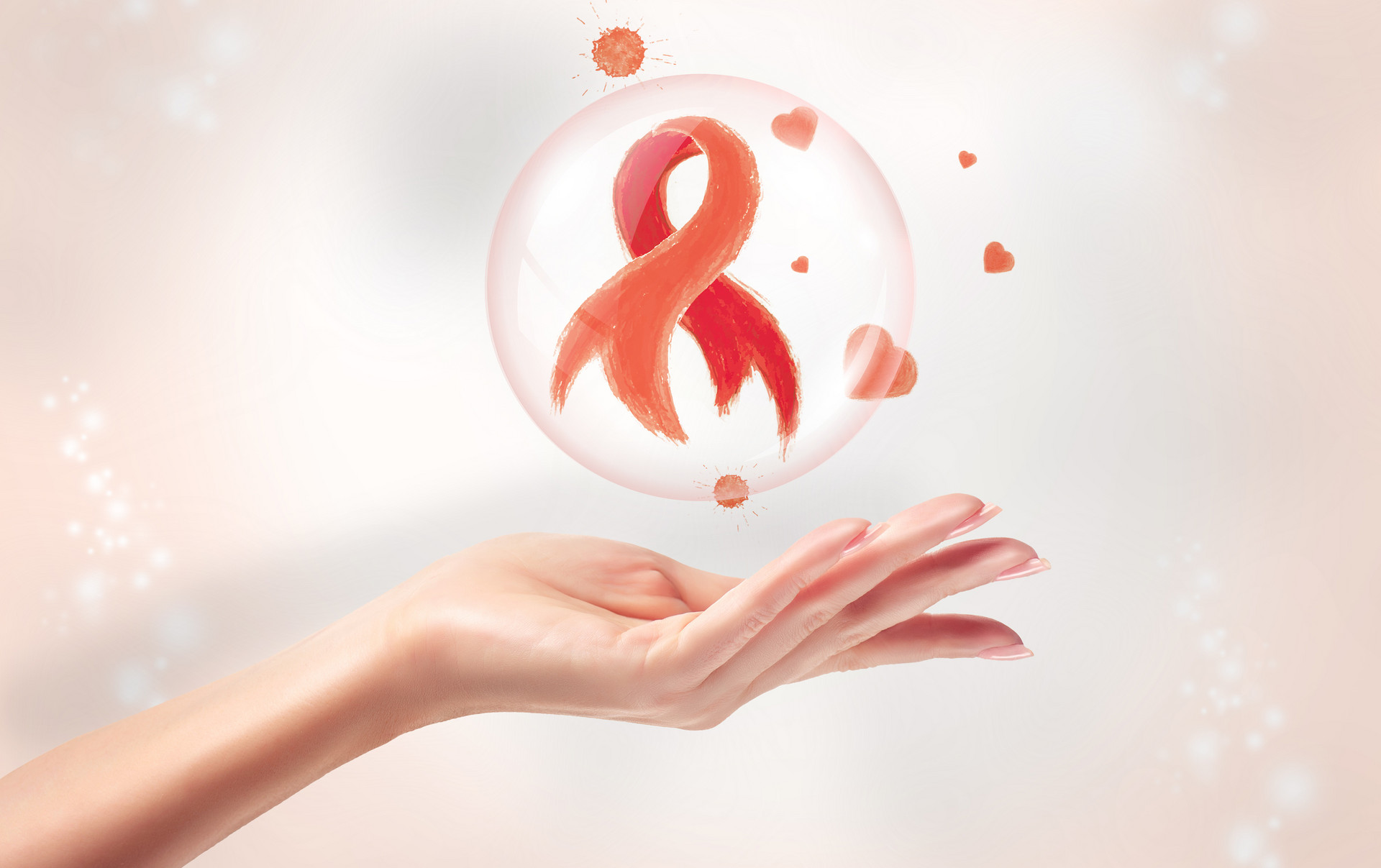Generally speaking, women after menopause will experience the following four major symptoms during the menopausal period:
Hot flashes - This is a common symptom that menopausal women often encounter.
Without any obvious cause, a sudden sensation of heat spreads rapidly from the chest to the face and upper limbs, sometimes accompanied by palpitations and sweating. Some patients mainly experience night sweats, often waking up in the middle of the night, drenched in sweat. The occurrence of hot flashes and night sweats is due to a lack of estrogen, which causes the blood vessels to undergo uncontrolled contraction and relaxation.
Heart palpitations - Also known as heart flutters, this is one of the most common symptoms during menopause.
Menopausal women describe this feeling as if they are guilty of something, which is very uncomfortable. When there is sudden noise from the surroundings, sometimes even if the noise is not loud, they feel a sudden heart palpitation. The heart beats rapidly and it takes a long time to gradually calm down. Repeated electrocardiogram (ECG) tests, 24-hour ECG monitoring, and even exercise stress tests often yield normal results, at most showing sinus tachycardia during episodes.
Abnormal expression of mental and neurological symptoms -
Such as anxiety, depression, irritability, easy anger, easy crying, fatigue, and a crawling sensation on the skin. They always feel like ants are crawling on their skin and hair, which is very uncomfortable, but dermatological examinations show no abnormal findings.
Lumbar pain and backache - This is an early symptom of osteoporosis in menopausal women.
Research shows that the manifestations of menopausal syndrome vary. Most of the aches and pains are caused by continuous tension of the erector spinae muscles. Early bone loss mostly occurs in the spine. Under the influence of gravity, the spinal bones tend to be compressed, making it feel more comfortable to bend the waist and hunch the back, but life requires people to stand upright and not hunch over. As a result, the erector spinae muscles must continue to tense to counteract this compression tendency. Over time, if the muscle tension does not relieve, lumbar pain and backache will occur. If osteoporosis continues to develop, osteoporotic fractures may occur.


